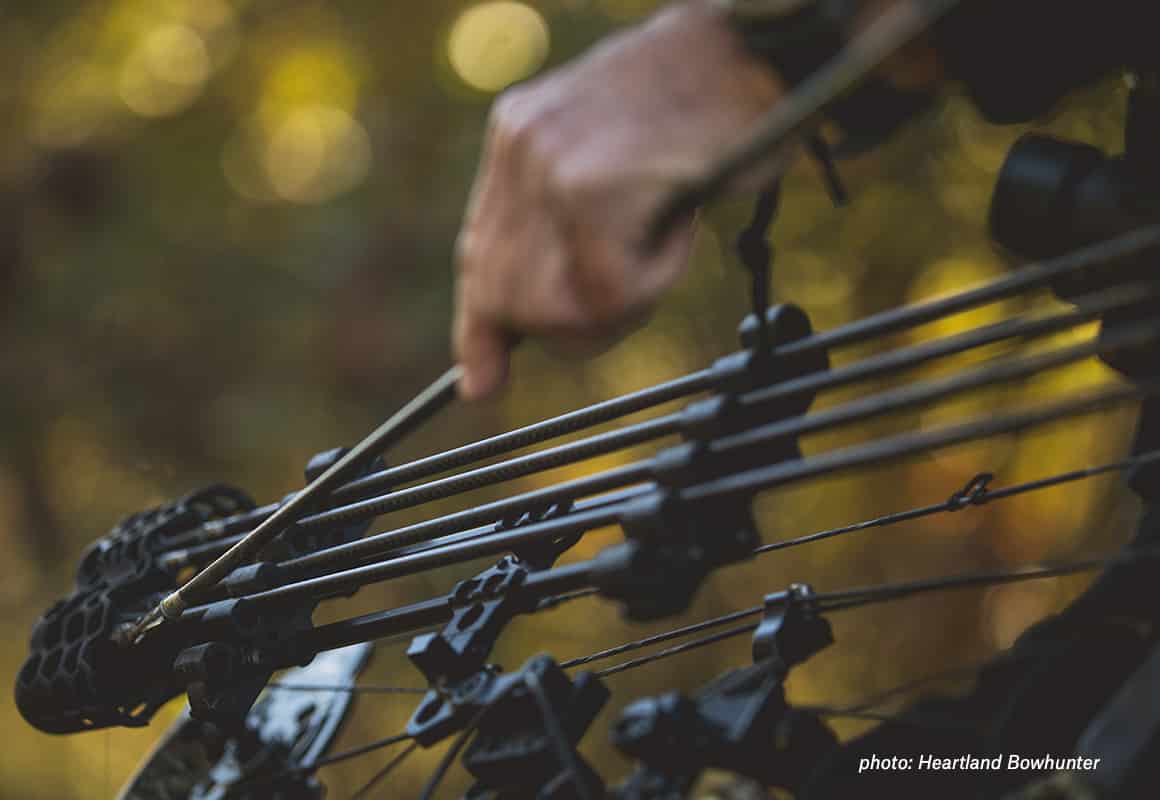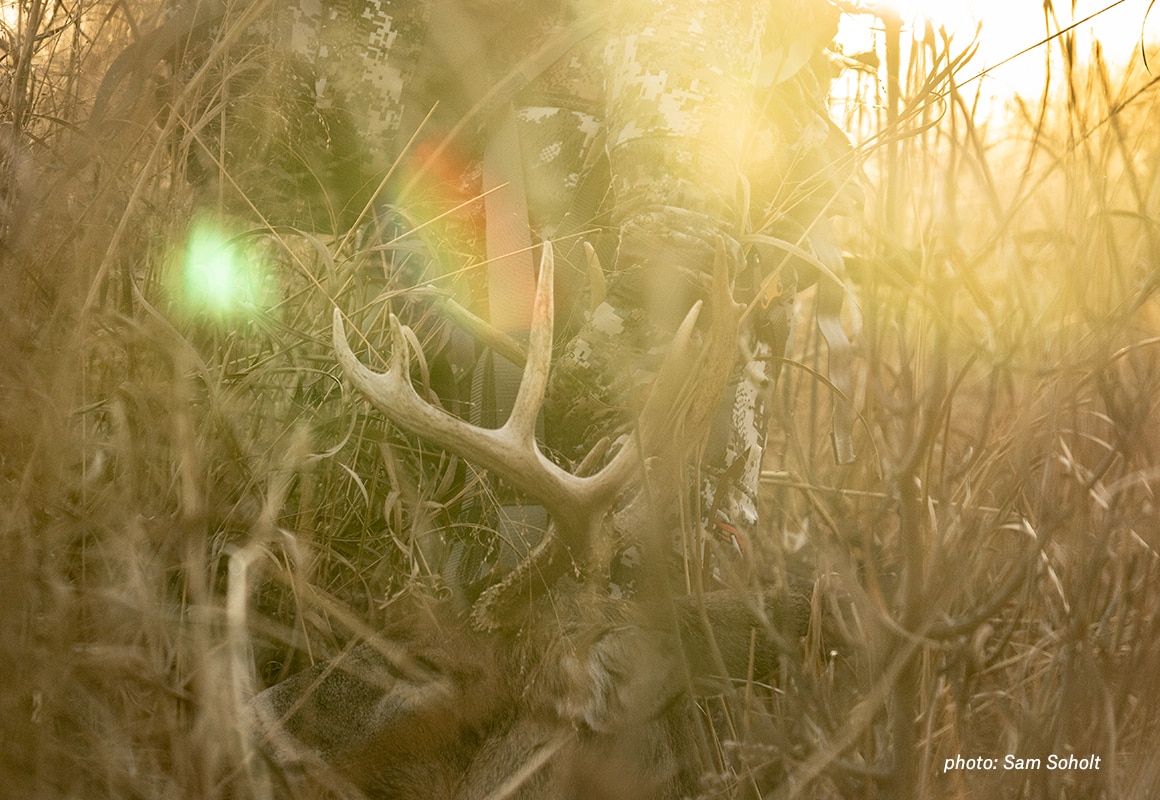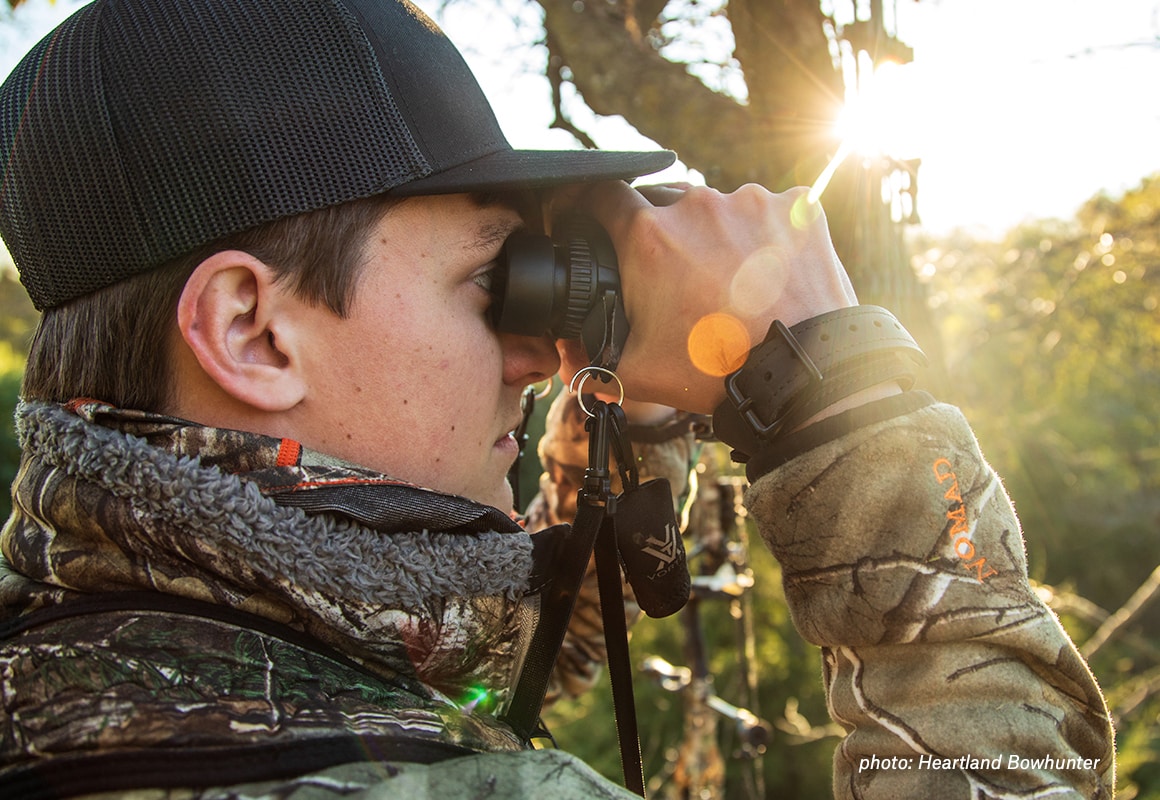Before you know it, August will be here and you’ll be itching to take to a tree stand. In anticipation of the coming season we’ve taken a look at some of the best states in the country to hunt whitetails—no applications, bonus points, or deep pockets necessary. If you’re looking to round up a few buddies and set up a week-long deer camp with high odds of success hunting midwest public land and relatively low hunting pressure, take a look at our list of the top five whitetail states.
Scoring Methodology
We started our research by comparing 27 different states against a set of five factors, each weighted at two points.
Public Land Availability
First and foremost, we looked at the amount of public access available. Without having to take multiple trips to the area and knock on dozens of doors, these states have solid public land access. Of course, all of the homework to find the location you want to focus on can be done right from the comfort of your computer with our Web Map.
Over-the-Counter Tags
The second factor we took into consideration was over-the-counter tags. In all of these states, you can either purchase a license online, by phone, or walk into Cabela’s, BassPro, or even Walmart and pick up your tag. No applications, no headaches in March, April, or May—just hunting.

Success Rate
Hunter success rates were the third factor we took into consideration. Though there is far more to success than a harvest, it’s always a better drive home with a full cooler.
Affordability
Our fourth factor was the affordability of a tag. Everyone’s definition of cheap or affordable is different, but these states are all huntable on a budget.
Hunter Density
The fifth and final factor we looked at was the number of deer hunters in the state. It’s always frustrating to show up on an out-of-state hunt and face a serious struggle to get away from the crowds.
One glaringly obvious factor you do not see on this list is trophy quality. Though we certainly looked at this data, it’s easy to find existing resources with this information, so we thought we’d give you a fresh twist on our top five states—no Wisconsin, Illinois, Kansas, or Iowa here.
Best of the Rest
A few of the states that made the top ten but couldn’t quite hit the top five cusp were Missouri, Louisiana, Indiana, Ohio, and Kentucky.

Ohio is a state that makes many lists and for good reason. The Buckeye State fell right about average or slightly above average in every category, and one thing to keep in mind is according to the NDA Annual report, 47% of their deer harvest came from archery hunters, so if you’re looking for an archery trip you might not find the solitude you seek here.
Louisiana is not a state that comes to mind for most whitetail hunters, but it should be on your radar. The Bayou State only has about 161,000 deer hunters that take to the woods each year, so for those looking for solitude, it’s a good bet. And it doesn’t hurt that 78% of bucks harvested were aged at 3.5 years or older, so a great place to find a mature deer. If you want some more information on these states that just missed the cut, get on Google and search “*state* whitetail deer report”—many of them compile an annual report with great information to aid in helping you find the best state for the hunt you’re seeking.
To score these states, the winner of each category got a “two”, the loser a “zero” and each state in between received a weighted average based upon the top statistic of each category.
#5 Mississippi – 6.58 / 10
Mississippi is quickly becoming more well-known for its whitetail deer hunting. With slightly more than 2.9 million acres of public access, there is plenty of opportunity to find deer on public lands. The Magnolia State also boasted a 61% hunter success rate harvesting at least one deer. Though known more for its waterfowl hunting opportunities, 460,000+ hunters still take to the woods in Mississippi, 18% of which are non-resident hunters. Solitude may be slightly harder to come by in this state than others on the list, but if you factor in that 80% of bucks harvested were aged at 3.5 years or older, the chance of going home with not only a deer but quite possibly a mature buck to boot, makes this state worth looking into. For a seven-day hunt, you’re looking at right around $250 for a rifle hunt or $325 with an archery permit.
#4 Oklahoma – 6.77 / 10
With nearly 3.9 million acres of accessible land and just under 200,000 deer hunters, finding seclusion in a treestand in Oklahoma should be very doable. Harvest success rates of bagging at least one deer came in at 56%, and the state’s deer hunting mantra, “Hunters in the know… let young bucks grow!” led to 72% of the bucks harvested aging out at 3.5 years or older. The largest drawback to hunting the Sooner State is the price of a deer tag; all said and done you are going to be looking at $375, making Oklahoma the spendiest of our top five.

#3 Virginia – 6.90 / 10
Another state on our list that certainly does not make many lists of this type. With right near 3.4 million acres of accessible lands and just seven percent of the 399,000 deer hunters being non-residents, there should be plenty of space to find a spot to call “yours” on public land. With a harvest success rate of 57%, bringing home a cooler full of fresh venison is as attainable here as most anywhere in the country. A deer tag is just under $200 making this a very affordable hunt, and its central location to many other states makes it convenient as well.
#2 South Carolina – 7.29 / 10
With just under 2 million acres of public access, what South Carolina lacks in public lands, they make up for in other ways. Less than 150,000 deer hunters take to the woods in the Palmetto State and 71% of those hunters put fresh venison in their freezer, the highest clip in the country. South Carolina also touts the largest number of NDA members in the country. Using the Hunt App to key in on public/private borders should increase your odds of an encounter with a mature buck. Archery hunters should note that 91% of SC’s harvest came by rifle, so archery season should be a great time for solitude. Tags here are a bit pricey at $301; a large chunk of that is a $76 fee to hunt Wildlife Management Areas, a relatively small fee to help preserve publicly-accessible lands for generations to come.
#1 Arkansas – 8.39 / 10
One of the most sportsman-friendly states in the country rings in at number one on our list. With an impressive 4.5 million acres of publicly accessible land, there is room to roam even though 29% of its deer hunters are non-residents. With a hunter success rate of about 50% for over 300,000 deer hunters, odds are you will have some action in your tree stand. A five-day all-game license only sets you back $225 and allows you to take three deer. All of this, combined with 61% of bucks taken being aged at 3.5 years or older, forget about mallards in the timber— move Arkansas to the top of your list when it comes to whitetails.